Best Back 4 Blood cards for your deck
Here's the best cards and explanation of the card system in Back 4 Blood.
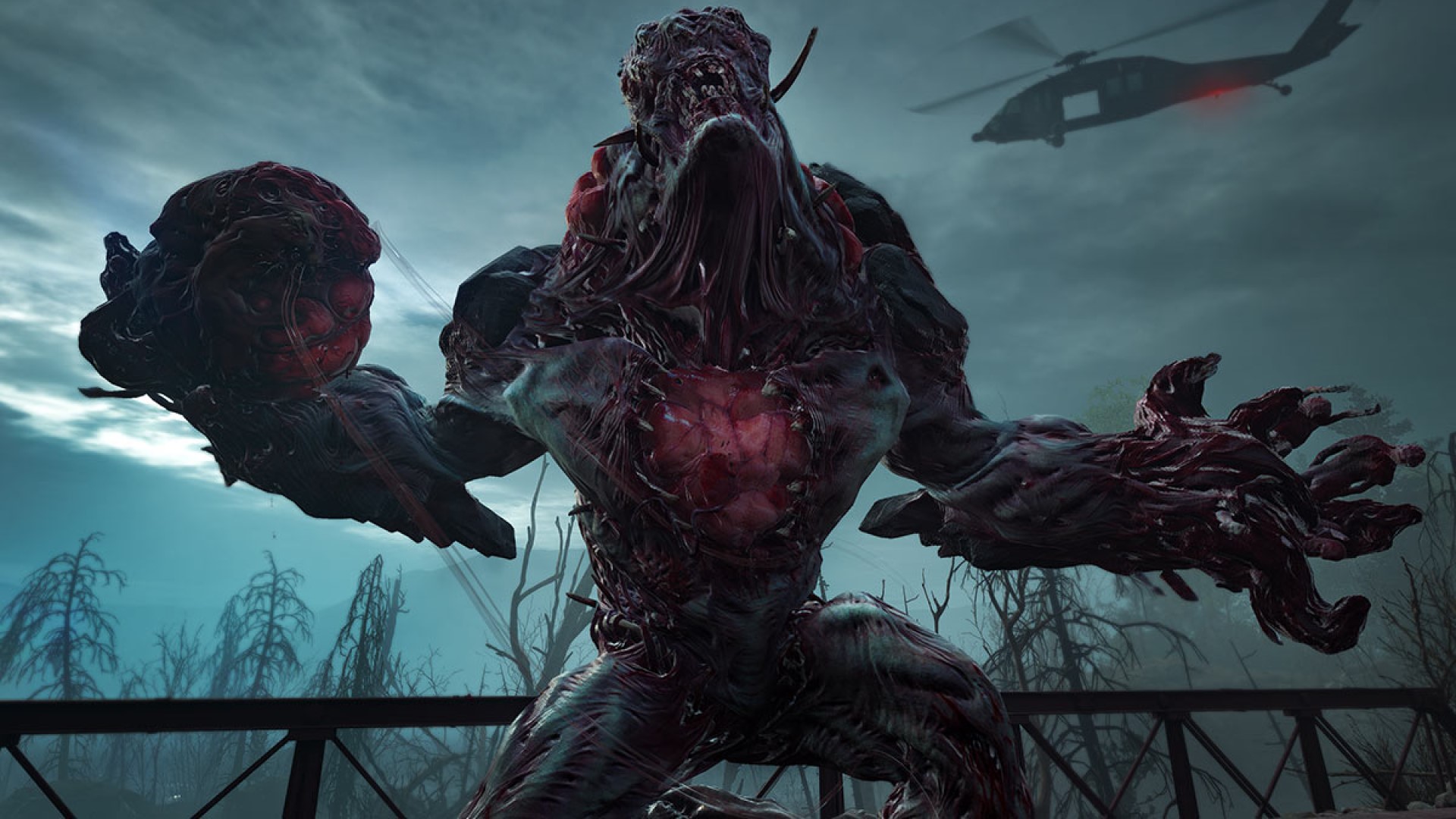
Finding the best Back 4 Blood cards for your deck, and creating Back 4 Blood card builds, is an exercise in its own right - picking certain cards to enhance your gameplay, keep your characters alive or make your weapons more powerful. Meanwhile, Back 4 Blood is pulling its own corruption cards, which alter the game for increased challenge and add wildcard elements to make things trickier.
So with so many cards in play and to pick from, knowing the best cards in Back 4 Blood is almost some strange science, balancing advantages, disadvantages and a certain random element, all to ensure that the teeth that latch around your neck can't hamper you too much. We'll explain the card system below, as well as the best cards to choose when going out as a cleaner.
Back 4 Blood tips | How to unlock Back 4 Blood characters | Back 4 Blood split screen options explained | Best Back 4 Blood weapons | Best Back 4 Blood characters | Back 4 Blood drop attachments option
Back 4 Blood best cards
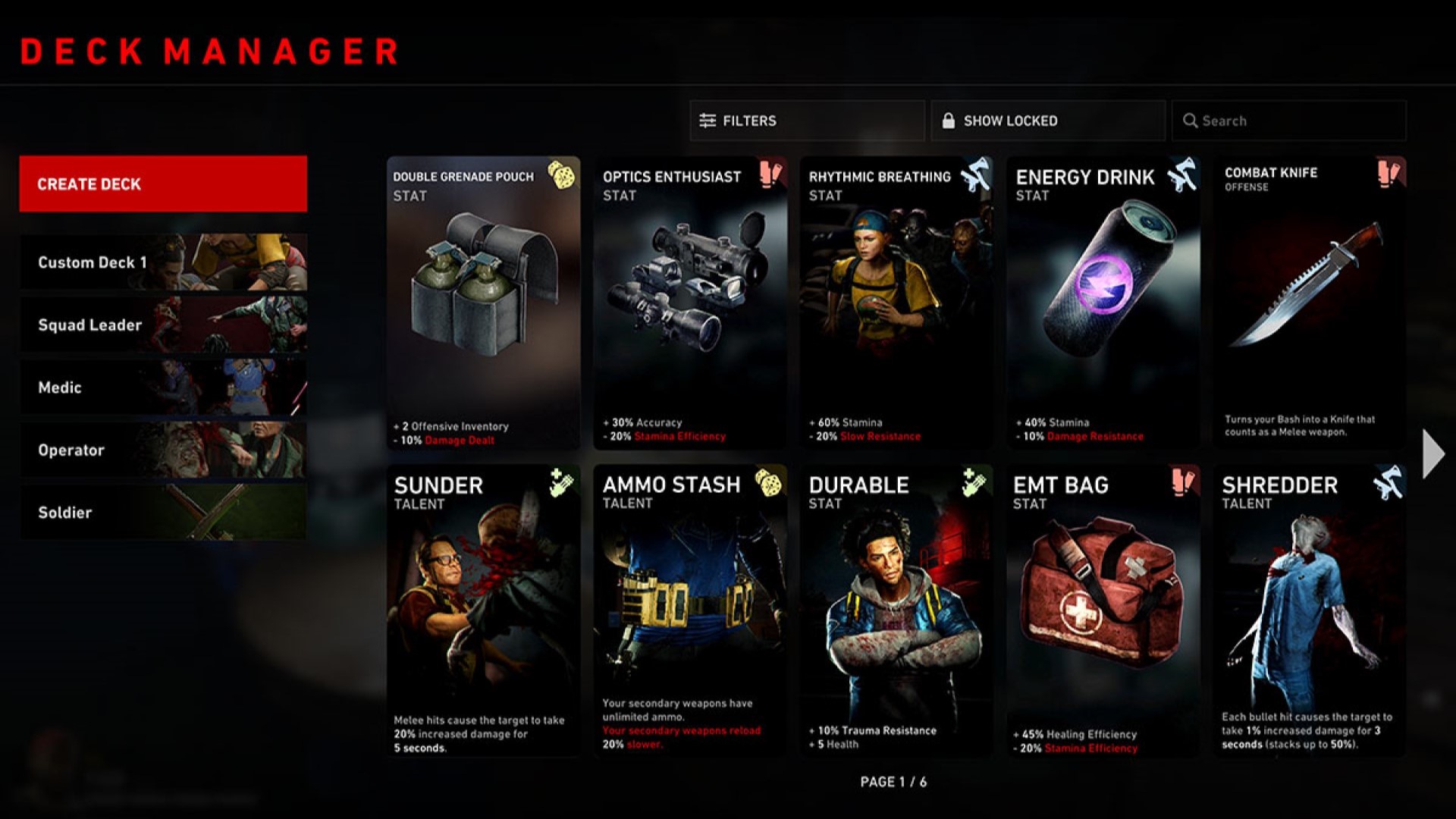
The best cards for your deck in Back 4 Blood will vary depending on a lot of elements - what difficulty you're playing in, what character you're playing as, and what weapons you're using. Cards can actually be used to create specific Back 4 Blood card builds - melee builds, healing builds and so on - or you can use a more general approach to enhance your overall abilities and remain as an adaptable jack-of-all-trades, which we definitely recommend to new players or those still getting to grips with the card system itself. We've recommended a series of cards below that players should look out for.
Best Back 4 Blood cards
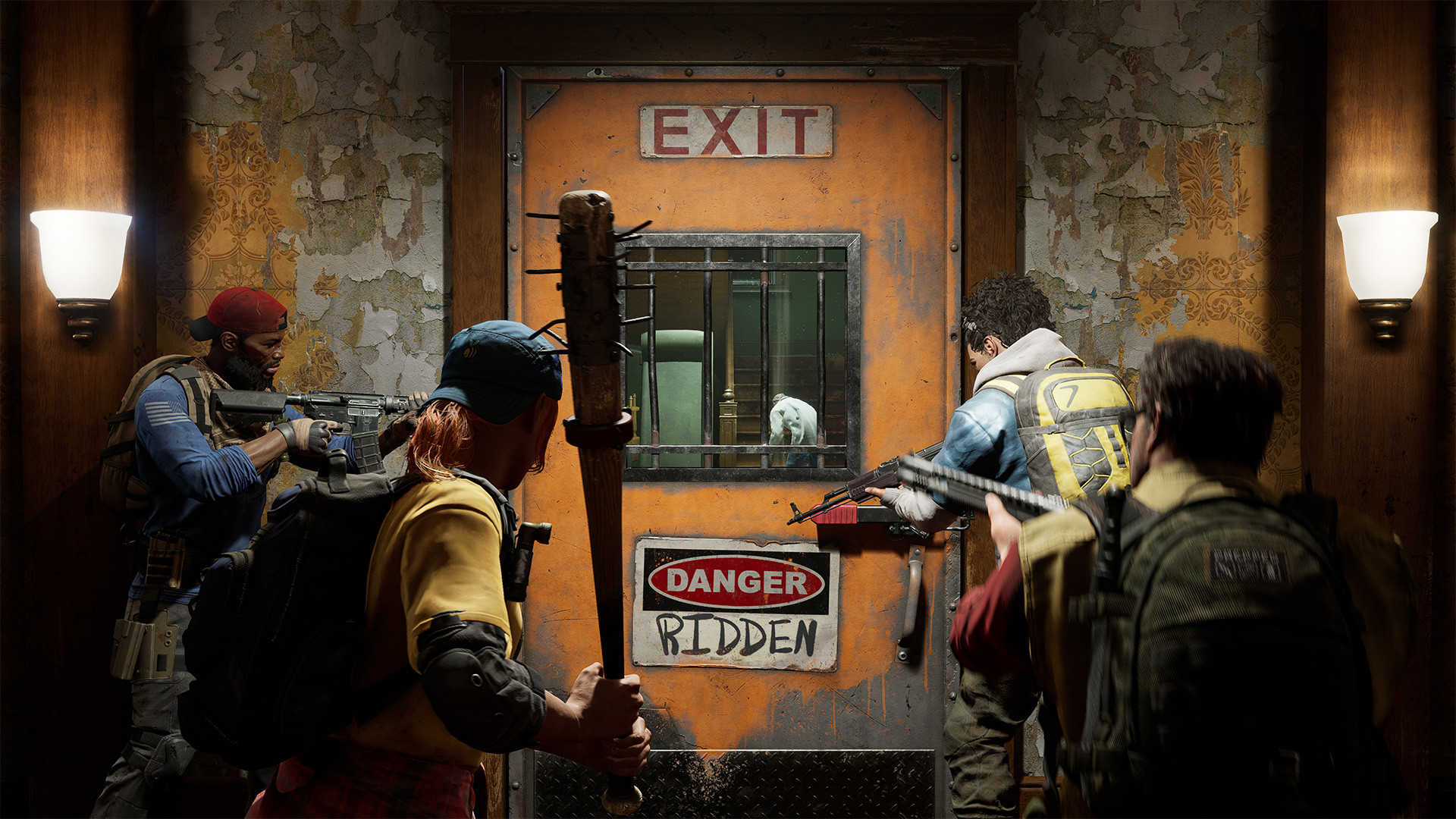
- Second Chance (+1 Extra Life, +5 Health)
- Two is One and One is None (You can equip a primary weapon in your secondary slot. -25% Swap speed)
- Combat Knife (Turns your bash into a Knife that counts as a melee weapon)
- Marked for Death (Mutations you ping are highlighted and your team deals 10% increased damage to highlighted enemies)
- Hellfire (+45% movement speed while firing. +5% movement speed while not firing)
- Scar Tissue (Take 1 less damage from all Ridden)
If you're a starter looking for some good choices, these are some of the best cards out there, generally enhancing a lot of skills and stats you'll be using in any run. Second Chance grants you an extra life, Scar Tissue reduces damage taken, and the Combat Knife boosts your default melee (and it'll be coming up again later in this guide). The outlier here is Two is One, which swaps your secondary weapon for another primary at the cost of a lesser swap speed. We think in most cases that's worth it, as you can pair more specific weapons with more general ones to cover all bases. I.e., an LMG works well against the horde, while a sniper rifle is used on special infecteds' weak points.
Best Back 4 Blood healing cards
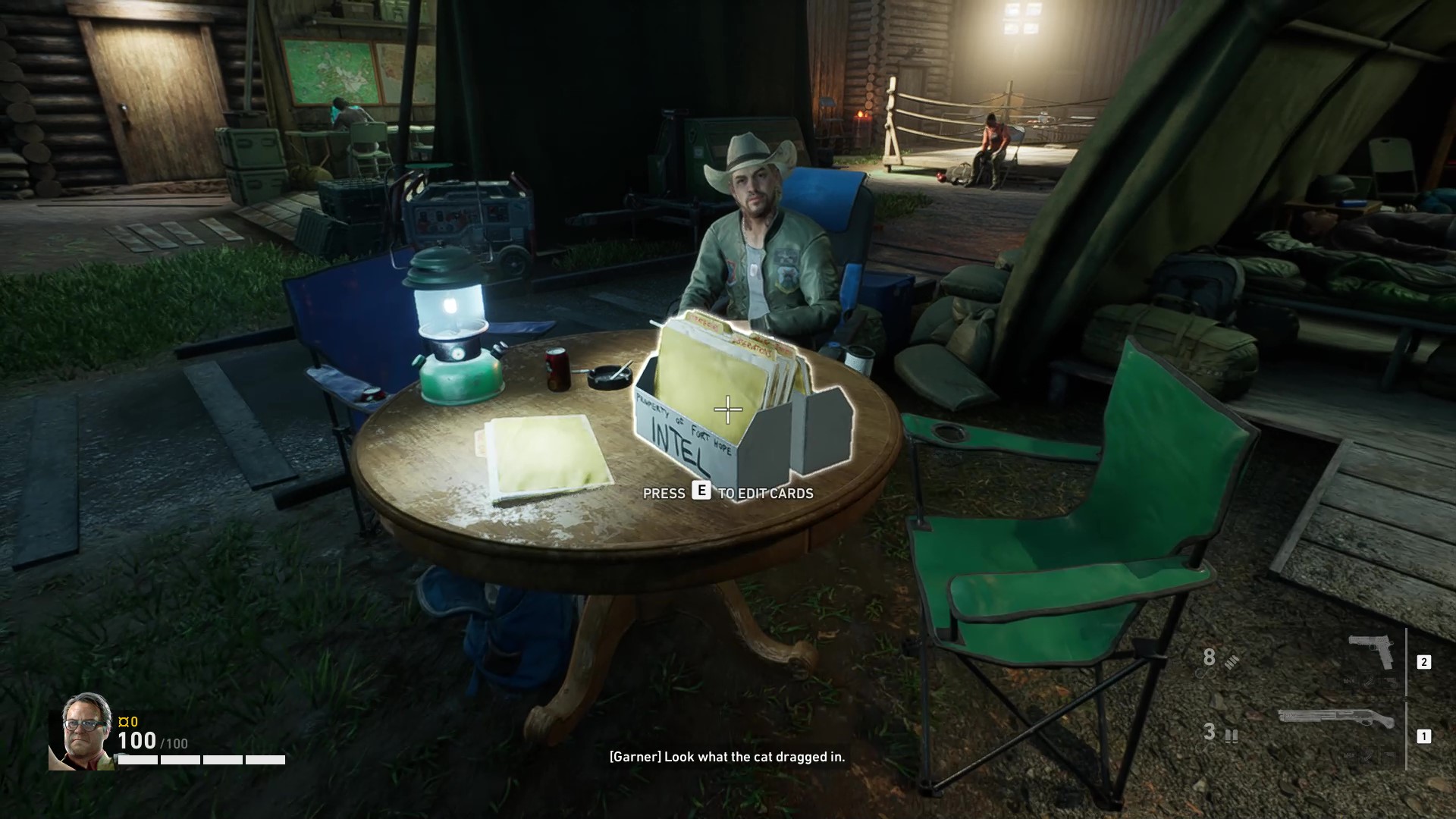
- Antibiotic Ointment (+20% healing efficiency)
- Medical Expert (+15% healing efficiency, When you use a Medical Accessory you gain 15% movement speed for 15 Seconds)
- Charitable Soul (Healing a teammate also applies 50% of the effect to you)
- Experienced EMT (When you use a Medical Accessory, the target gains +20% maximum health until the end of the level)
- Poultice (When you heal a teammate, they heal for an additional 15 health over 30 seconds)
- Medical Professional (First Aid and Defibrillators also recover 15 trauma damage and 1 Extra Life)
- Miraculous Recovery (When you use a Medical Accessory, it has a 25% chance to have 100% increased effect)
Back 4 Blood has a fair amount of healing cards that could be considered gamechangers, either adding additional effects to healing items or just vastly increasing how effective they are. For example, Medical Professional helps your First Aid Kits and Defibrillators recover trauma and even a whole extra life, while Miraculous Recovery has a 25% chance for Medical Accessories to heal double. Keep an eye out for any of the above if you're determined to be the team's white mage.
Best Back 4 Blood melee cards
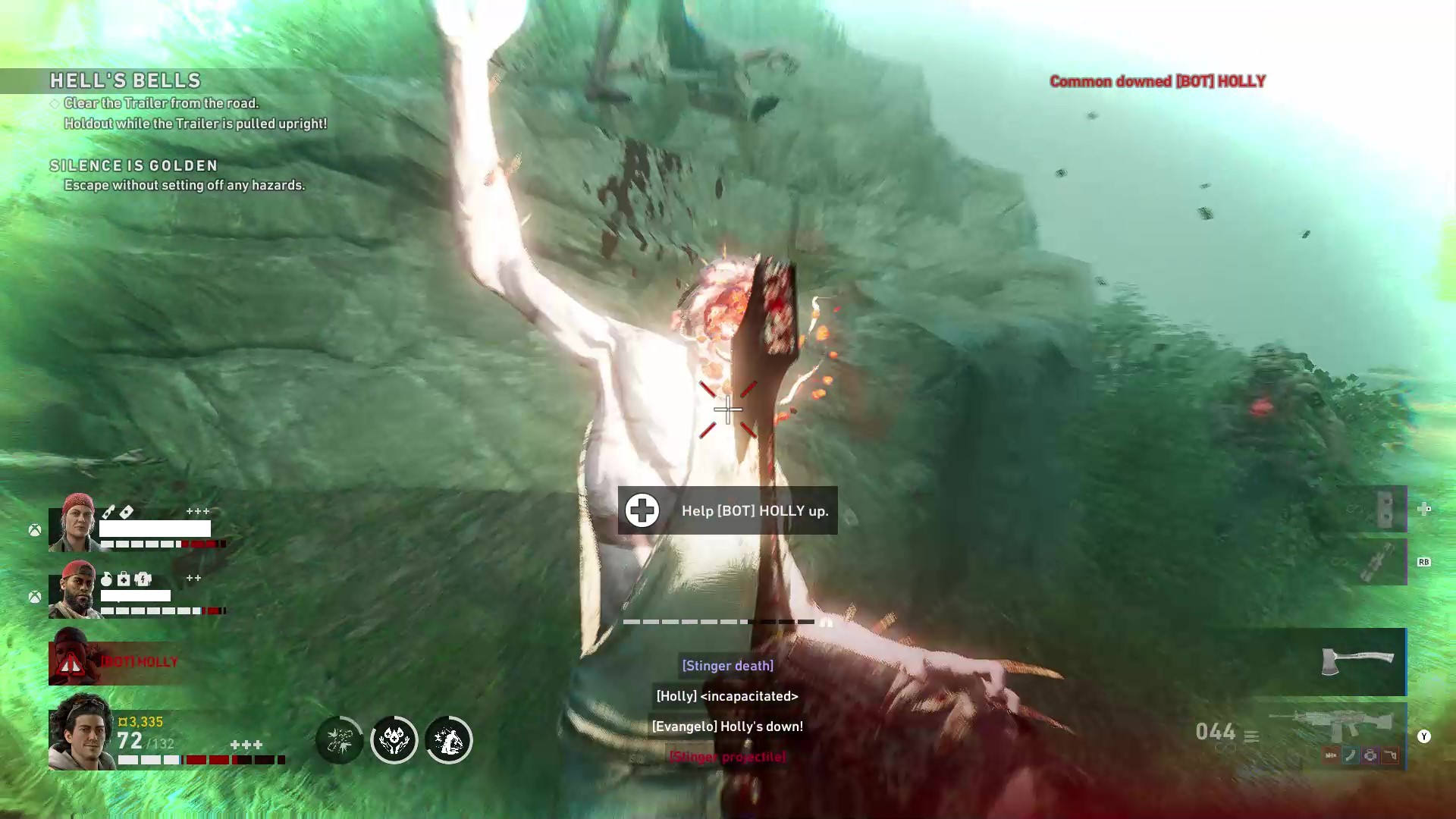
- Combat Knife (Turns your bash into a Knife that counts as a melee weapon)
- Mean Drunk (+75% melee damage. Your melee attacks cleave through enemies, dealing damage in a large area. Disables sprint.)
- Battle Lust (Melee kills heal 2 health)
- Meth Head (+40% melee attack speed, +40% melee attack efficiency, your melee attacks no longer stick in tough enemies. Disables ability to aim down sights)
- Batter Up (+50% melee damage, +5 health)
- Vanguard (+10% melee speed, melee kills grant 1 temporary health to you and nearby teammates)
- Heavy Attack (Hold the melee button to burst forward. Charge attacks deal 100% increased damage)
If you're going for a punchy, melee-focused build, you need to focus on two things - durability and impact. You can't fight on the front lines if you're easily brought down, and you want to compound that with the fact that your axe or baseball bat needs to do maximum damage, just to make sure it's worth it. Cards like Mean Drunk and Meth Head penalise your ability to sprint and hold ammo, but considering you won't really be fleeing or shooting much, it hardly matters. Meanwhile, Battle Lust rewards your ability to split skulls and crack heads with health regeneration, and Heavy Attack will ensure that you can really drive the hatchet in deep when you need to.
Back 4 Blood card system explained
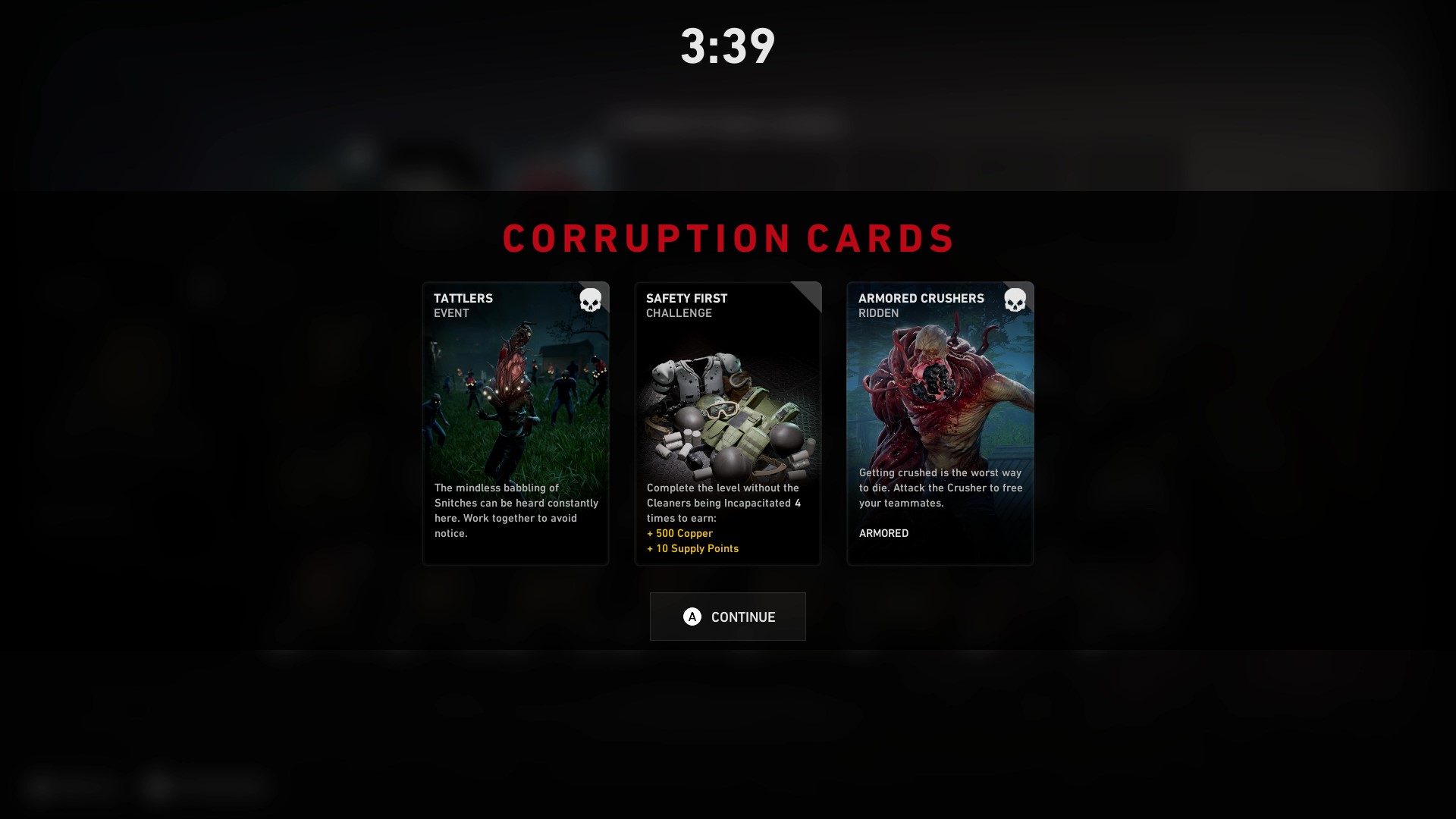
Back 4 Blood's card system can be a bit intimidating at first glance, as those who thought they were going to play a bit of light co-op zombie splattering also have to deal with deckbuilding a la Hand of Fate. Not to mention that there's different decks, different kinds of cards… it's a lot, and not terrifically well explained. Don't worry, we'll lay it out step-by-step below.
- In the camp, players build a deck with "Active Cards" that they either start with or unlock. All the playable characters also have a default card tied to that character, such as Hoffman's ability to find ammo. You have this active at all times, no matter what.
- Active Cards have colour themes tied to their four types:
- Reflex (Blue): Melee, speed, stamina and agility perks.
- Discipline (Red): Healing, items, ammo capacity and weapon perks.
- Fortune (Yellow): Ammo and Copper scavenging perks.
- Brawn (Green): Health bonuses, damage resistance and explosive perks.
- Having built a deck, players can choose it when they enter a campaign or game. It's important to remember that certain decks may be tied to certain game modes!
- As the game starts, players pick several cards from their deck. These are now active and will be for the rest of the campaign.
- Back 4 Blood then picks several random Corruption Cards that change the basic level or make things more difficult. Obscuring mist, changing enemies or secondary objectives are examples of this.
- Once in the game, players may find more cards, either in the wild or paid for with Copper. Players also pick more Active Cards from their deck during level and act transitions until they have dozens in play.
- When the level is over and players back in the camp, they may obtain new cards by spending currency at the Supply Lines. These cards may be added to decks for future playthroughs.
Now you know what you're doing, you can head back in there and try your best to survive. You won't have a chance on Nightmare difficulty, but that's why we said "try".
Sign up to the GamesRadar+ Newsletter
Weekly digests, tales from the communities you love, and more

Joel Franey is a writer, journalist, podcaster and raconteur with a Masters from Sussex University, none of which has actually equipped him for anything in real life. As a result he chooses to spend most of his time playing video games, reading old books and ingesting chemically-risky levels of caffeine. He is a firm believer that the vast majority of games would be improved by adding a grappling hook, and if they already have one, they should probably add another just to be safe. You can find old work of his at USgamer, Gfinity, Eurogamer and more besides.


